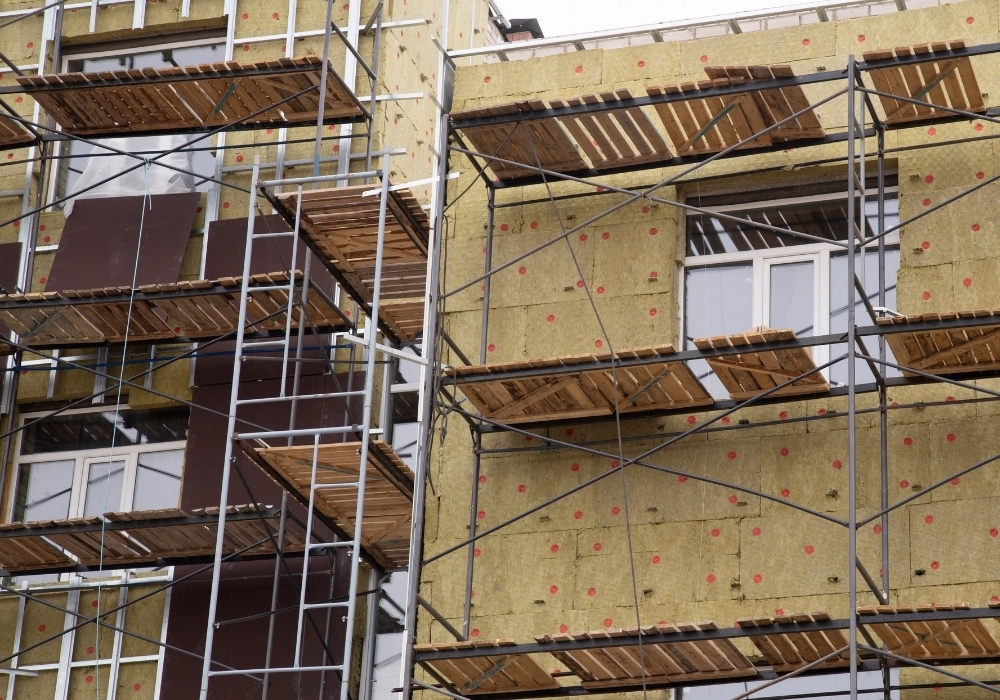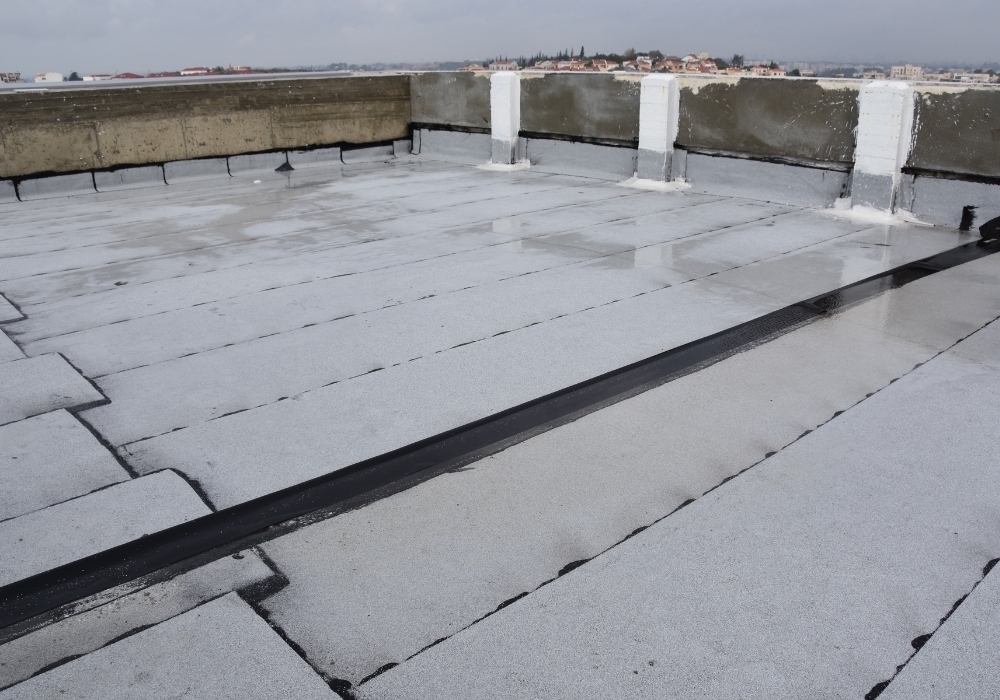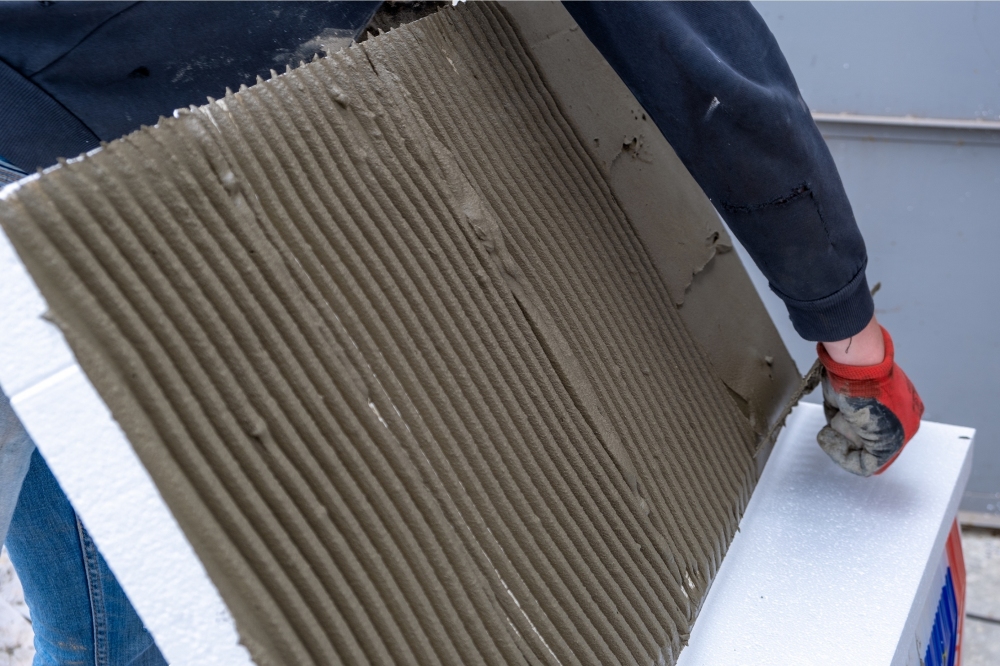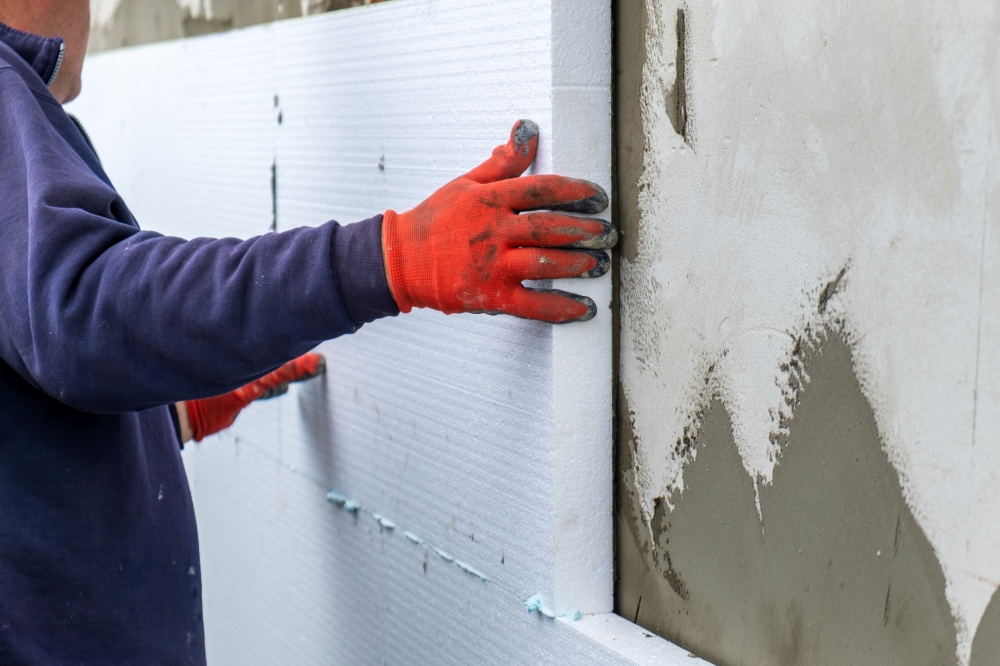
EPS (Expanded Polystyrene) – Properties, Advantages, and Applications
EPS (Expanded Polystyrene) is a lightweight and durable insulation material obtained by expanding and fusing polystyrene beads into a closed-cell structure. In Turkey, it is widely known as Styrofoam.
Thanks to its light weight, it is easy to apply, and with its low thermal conductivity coefficient (λ = 0.032 – 0.040 W/mK), it provides high performance in thermal insulation. Its resistance to moisture and mold makes it long-lasting.
Technical Properties of EPS
-
Thermal conductivity (λ): 0.032 – 0.040 W/mK
-
Density (kg/m³): 10 – 35
-
Water absorption: Very low (less than 1%)
-
Reaction to fire: Class E or B1 according to EN 13501-1 (depending on product type)
-
Compressive strength: 70 – 250 kPa (depending on density)
-
Dimensional stability: Minimal changes under temperature and humidity variations
These features make EPS suitable for both residential and industrial applications.
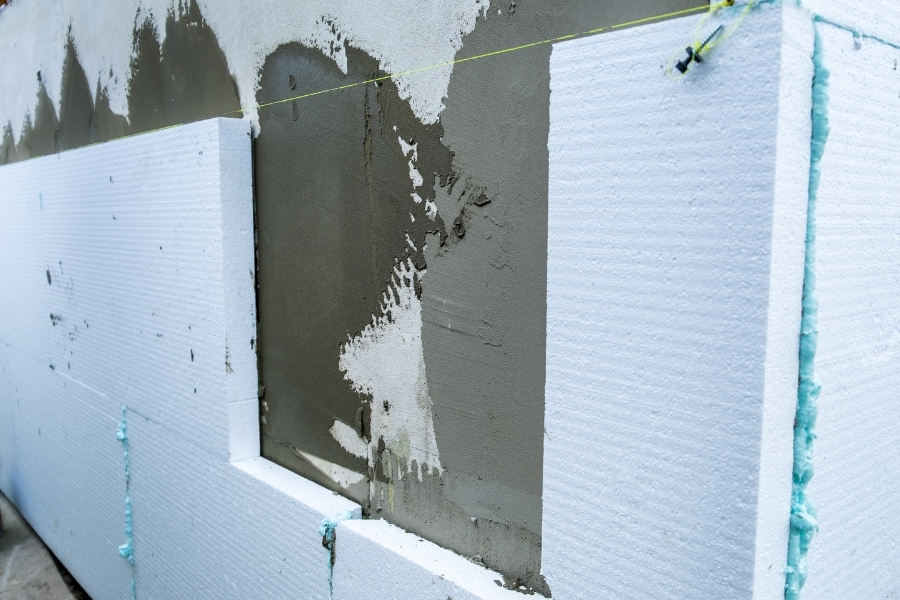
Advantages of EPS
-
Energy Efficiency: Reduces heating and cooling costs by up to 40%.
-
Cost-Effective: More affordable than alternatives like XPS or mineral wool.
-
Easy Application: Lightweight and easy to transport and install.
-
Eco-Friendly: 100% recyclable.
-
Durable: Maintains performance for 40–50 years with proper installation.
Applications of EPS
-
External Wall Insulation Systems (ETICS / EIFS)
-
Roof Insulation (flat and pitched roofs)
-
Floor Insulation (thermal and acoustic)
-
Cold Storage Facilities
-
Packaging Industry (lightweight and shock-absorbing)
-
Prefabricated Buildings (panel systems)
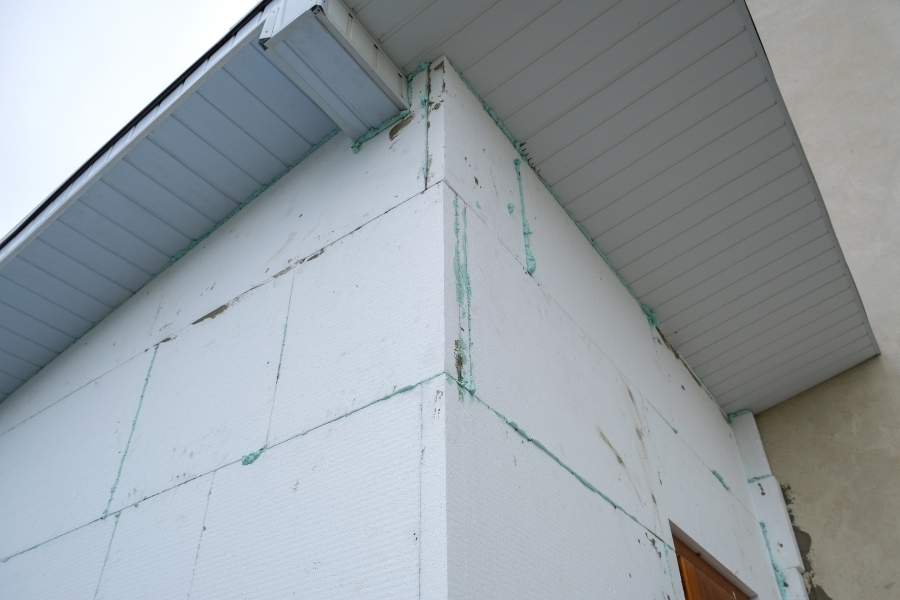
EPS vs. XPS
-
EPS (Expanded Polystyrene): More economical, lightweight, and breathable; ideal for wall insulation.
-
XPS (Extruded Polystyrene): Denser and more water-resistant; recommended for foundations, basements, and areas exposed to moisture.
EPS Prices and Selection Guide
EPS prices vary depending on:
-
Board thickness (2 cm – 10 cm)
-
Density (kg/m³)
-
Fire resistance class
-
Brand and quality
When selecting EPS, consider not only the price but also density, compliance with EN 13163 standards, and professional installation quality.
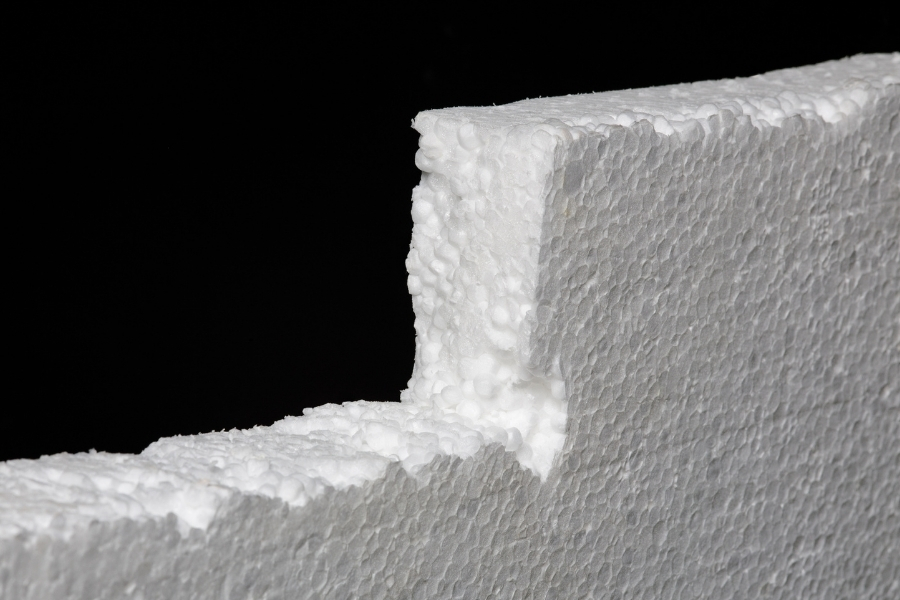
Things to Consider When Using EPS
-
Use proper adhesives and plasters in external wall applications.
-
Choose B1 fire-retardant EPS in areas with fire risk.
-
Avoid gaps between EPS boards.
-
Ensure installation is done by professionals for maximum performance.
Conclusion
EPS (Expanded Polystyrene – Styrofoam) is one of the most widely used thermal insulation materials, thanks to its light weight, high insulation performance, and affordability. With the right product selection and professional installation, EPS ensures energy efficiency and extends the lifespan of buildings.
Contact UsContact Us
For more information about EPS and other insulation solutions, or to request a quotation, feel free to reach out to our professional team.

